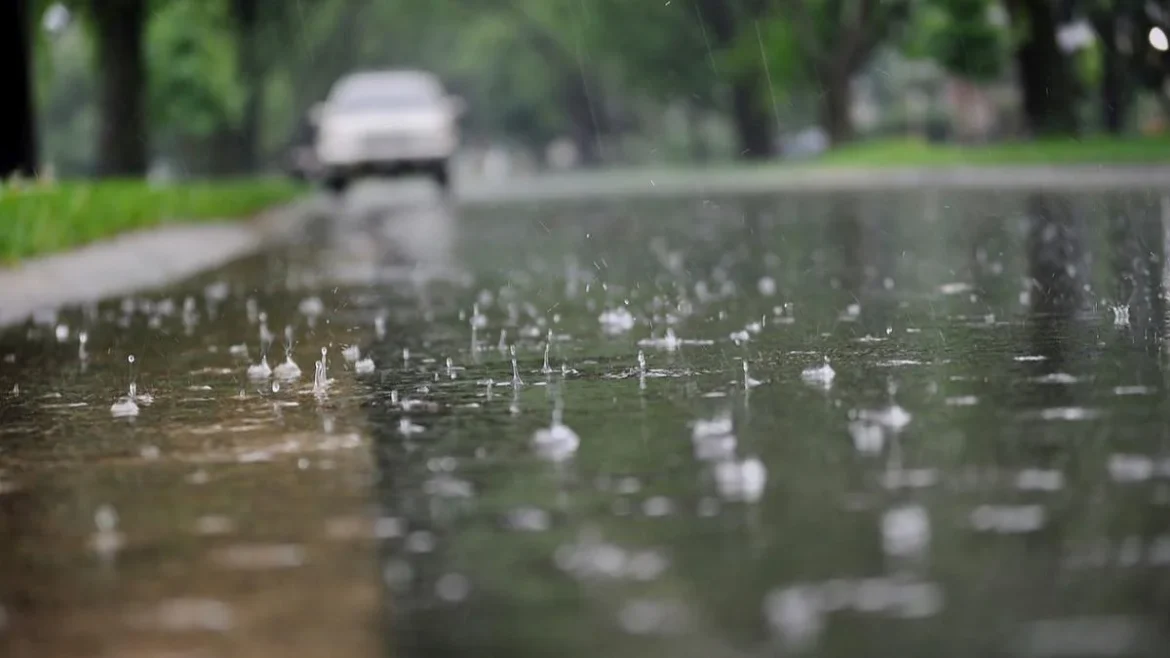CHANDIGARH, July 16: The India Meteorological Department (IMD) has issued a yellow alert for heavy rainfall across Chandigarh, Punjab, and Haryana on Thursday, with forecasts of thunderstorms and lightning at isolated places, further intensifying weather-related disruptions across the region.
Chandigarh recorded 19 mm rainfall over the past 24 hours, bringing down the mercury by more than 3°C and offering brief respite from heat and humidity. However, the showers also deepened urban woes — flooding streets, triggering road cave-ins, and causing widespread disruption to electricity and water supply.
The day’s downpour pushed relative humidity levels in Chandigarh to a stifling 92 percent. Mohali and Panchkula, part of the Tricity region, recorded lighter rainfall at 3.5 mm and 4 mm, respectively.
“Chandigarh’s maximum and minimum temperatures dropped to 31.8°C and 24.4°C today, falling 3.1°C and 2.7°C below Tuesday’s readings,” said an IMD official. “We expect a generally cloudy sky with more rain and thunderstorms on Thursday and Friday, while Saturday and Sunday will likely see partial clouds. Light rain may return on Monday.”
The rainfall continued to expose the city’s crumbling infrastructure. Waterlogging was reported in low-lying areas, roundabouts, and major roads, with further road cave-ins making several stretches dangerous. Uprooted trees and electric poles, damaged public property, and erratic supply of basic utilities have added to the chaos.
Chandigarh has received 213 mm rainfall in June — the highest for the month in over a decade, exceeding normal levels by 37 percent. July began on a similarly wet note with 31 mm on the first day alone, followed by a torrential 221.2 mm between Sunday and Tuesday, inundating vast areas and causing significant urban paralysis.
While Chandigarh remained soaked, Palwal in Haryana emerged as the hottest place in the region with a maximum temperature of 35.4°C on Thursday. Pathankot led Punjab’s temperature chart at 34.5°C. In contrast, Amritsar and Mahendragarh logged the coolest nights, recording minimums of 24.1°C and 23.5°C, respectively.
In its latest update, IMD noted a drop of 1.4°C and a marginal 0.2°C rise in the average maximum temperature across Punjab and Haryana on Thursday. Despite these shifts, temperatures still hovered 2.7°C and 2.8°C below seasonal norms.
As more rain looms, residents are bracing for extended disruptions in daily life, while civic agencies scramble to contain the damage and restore essential services across the rain-battered region.

